Healthcare shouldn’t be a privilege—it should be a right. Yet, for millions in rural and remote areas, getting to a doctor can feel impossible. That’s where mobile clinics step in, delivering care straight to communities in need. This article explores Community Health Boosters: Inside Mobile Clinic Success Stories, highlighting how these clinics overcome barriers and improve lives.
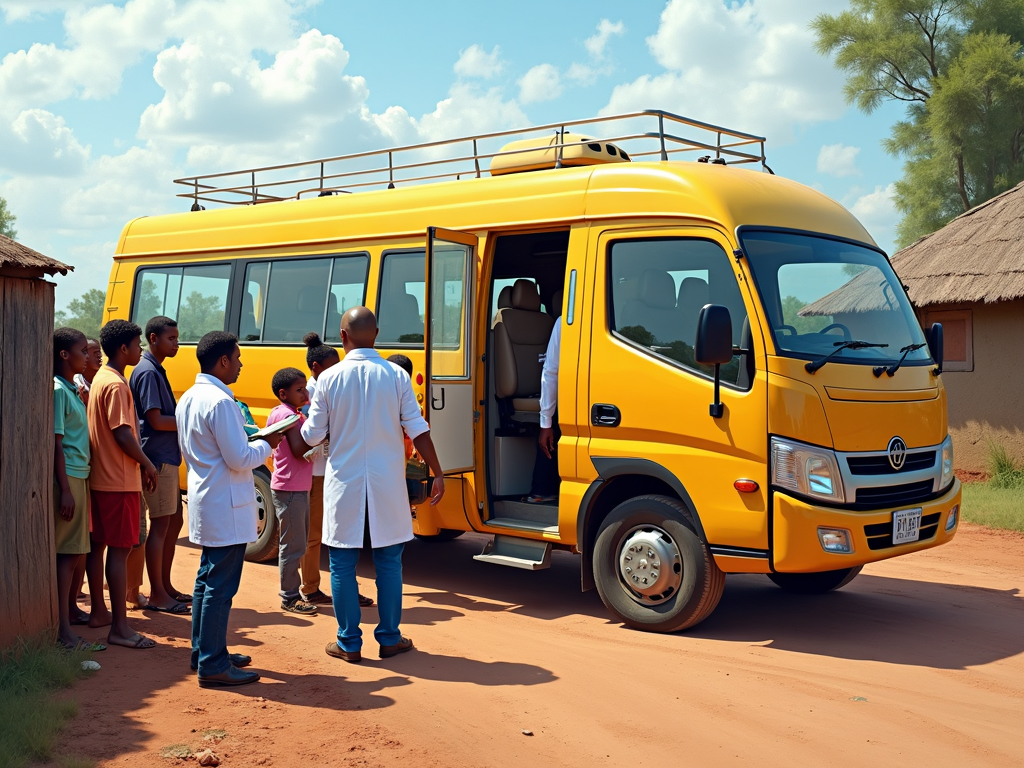
What Are Mobile Clinics?
Mobile clinics are like mini-hospitals on wheels. They’re vans or buses packed with medical gear and staffed by doctors, nurses, or other health experts. These clinics roll into places where regular healthcare is hard to find, offering check-ups, vaccinations, dental care, and more.
Why do they matter? In rural spots, hospitals can be hours away. Mobile clinics shrink that distance, making healthcare real for people who’ve gone without it. They’re part of a bigger idea: Mobile Clinics: Bringing Care to Remote Areas. And they’re changing the game for community health.
The Big Barriers to Healthcare in Rural Areas
Rural life has its perks—open spaces, tight-knit communities—but healthcare isn’t one of them. Here’s what stands in the way:
- Distance: Clinics or hospitals can be 50 miles or more from home.
- No Transport: Buses don’t always run, and not everyone has a car.
- Too Few Doctors: Rural areas often lack enough healthcare workers.
- Money Troubles: Low incomes and no insurance keep care out of reach.
- Trust Issues: Some folks don’t feel comfortable with outsiders or don’t speak the language.
These barriers to access to care in rural areas mean people get sick more often and stay sick longer. Mobile clinics tackle these problems head-on.
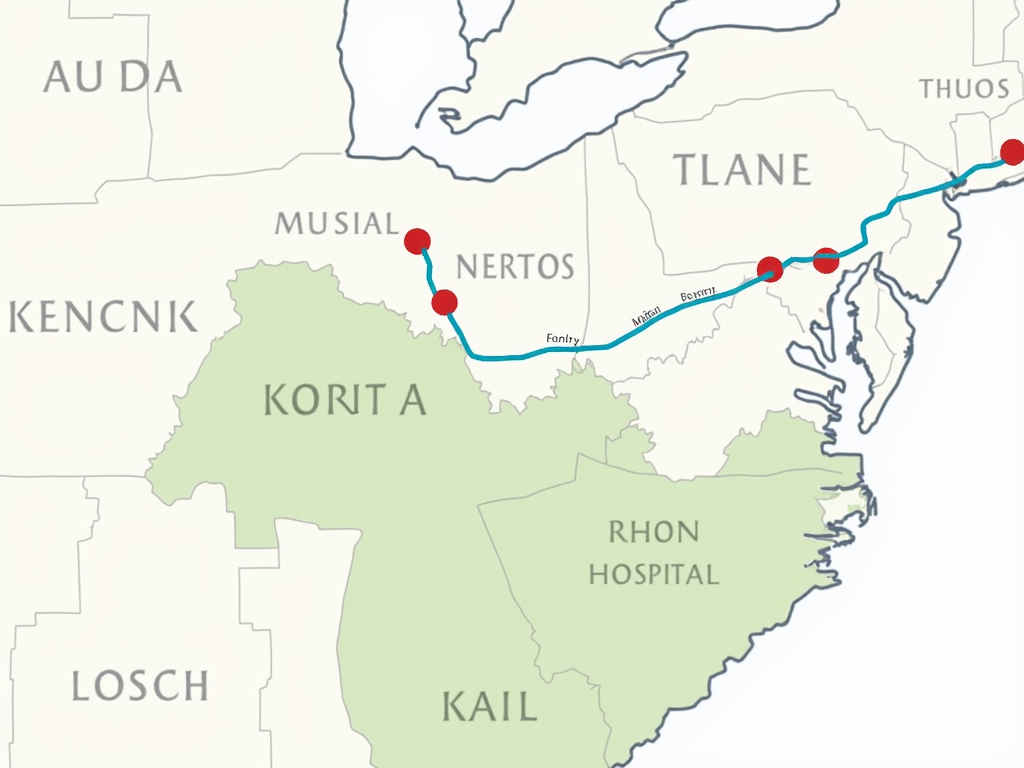
How Mobile Clinics Break Down Barriers
So, how do mobile clinics make a difference? They don’t wait for patients to come to them—they go where the need is. Here’s what they do:
- Show Up: They park right in the community, cutting out long trips.
- Speak the Language: Staff often know the local culture or language, making care feel welcoming.
- Keep Costs Low: Many offer free or cheap services, so money isn’t a roadblock.
- Teach and Treat: They don’t just fix problems—they show people how to stay healthy.
This is Access to Care in action. Mobile clinics turn healthcare from a distant dream into something real and close.
Real Stories of Success
Numbers are great, but stories hit home. Here are three ways mobile clinics have changed lives:
1. Prenatal Care in the Mountains
In rural Kentucky, a mobile clinic brought prenatal care to moms-to-be. Before, women drove two hours for a check-up—or skipped it. The clinic offered ultrasounds and advice right in their towns. One mom, Lisa, said, “I was scared I’d lose my baby because I couldn’t get to a doctor. That van saved us.” Birth outcomes got better, and families felt supported.
2. Smiles for Kids
In a low-income area of Texas, a mobile dental clinic rolled up to schools. Kids got cleanings and fillings—stuff they’d never had before. “They call it the smile bus,” said dentist Maria Lopez. “We’ve cut tooth decay in half.” Parents loved it, too—no missed work to take kids to the city.
3. Mental Health on Wheels
In Canada’s far north, a mobile clinic tackled mental health. It brought counselors to small towns hit hard by isolation and stress. “People opened up because we came to them,” said team leader James Cook. Depression rates dropped, and hope grew.
These Community Health Boosters: Inside Mobile Clinic Success Stories show what’s possible when care meets people where they are.
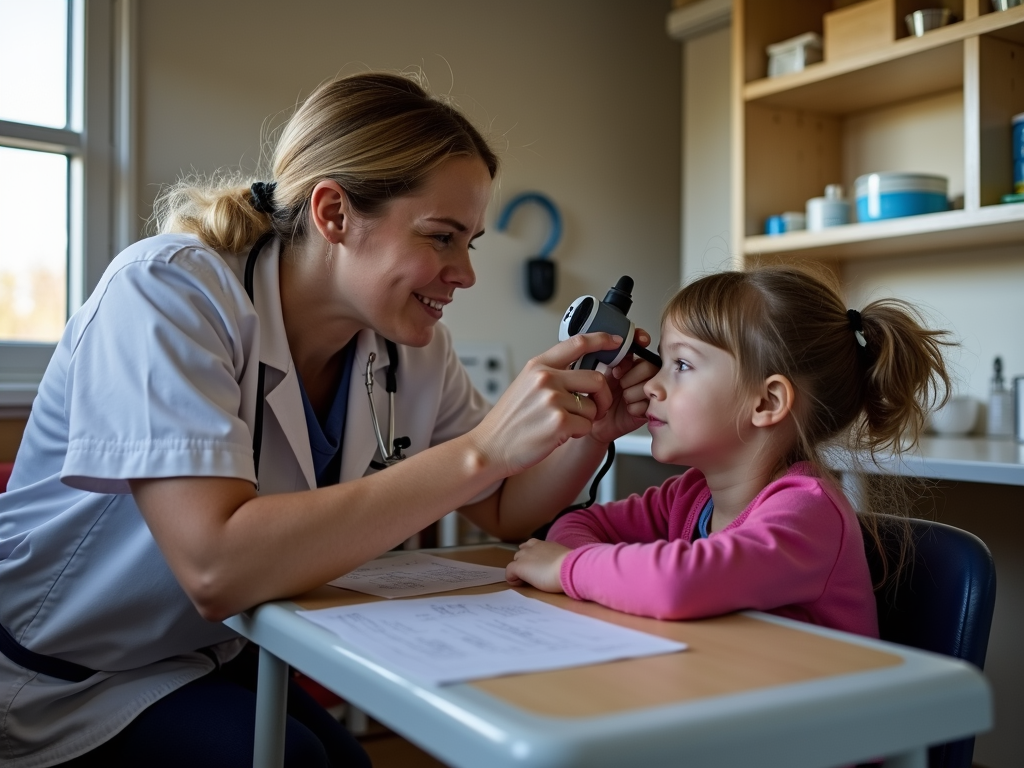
Health Equity: Leveling the Field
Health Equity means everyone gets a fair shot at being healthy. Mobile clinics are champs at this. They serve people who’ve been left out—rural folks, low-income families, minorities. By bringing care to them, these clinics fix gaps that hospitals can’t.
I’ve seen this firsthand volunteering with a mobile unit. We worked with a local church to set up in a town with no doctor. People came hesitant but left smiling. It’s not just about medicine—it’s about trust and belonging. That’s how mobile clinics build healthier communities.
The Challenges They Face
Mobile clinics aren’t perfect. They’ve got hurdles:
| Challenge | What It Means |
|---|---|
| Funding | Money can dry up—grants aren’t forever |
| Space | They’re small, so no big surgeries |
| Weather | Snow or floods can stop them cold |
Still, the good outweighs the tough. Smart partnerships—like with local groups or businesses—keep them rolling. They’re not a full fix, but they’re a huge step forward.
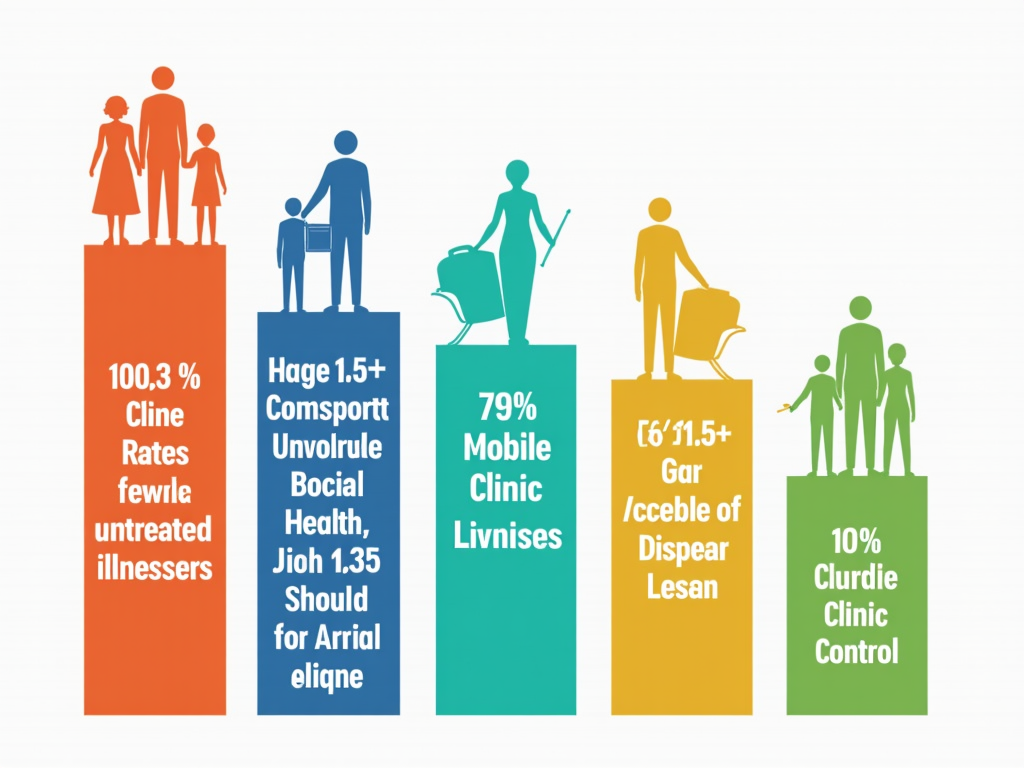
Why Mobile Clinics Matter to Me
Writing this, I can’t help but think about my grandma. She lived in a small town with no clinic nearby. A mobile unit could’ve caught her diabetes sooner. That’s personal for me—it’s why I believe in these programs. They’re not just stats; they’re people’s lives. And they’re proof we can do healthcare better.
Wrapping It Up
Mobile clinics are game-changers. They bust through barriers to access to care in rural areas, deliver Access to Care, and push for Health Equity. From prenatal check-ups to dental fixes, they’re saving lives one stop at a time. The future? More clinics, more reach, more hope. That’s the power of Mobile Clinics: Bringing Care to Remote Areas.
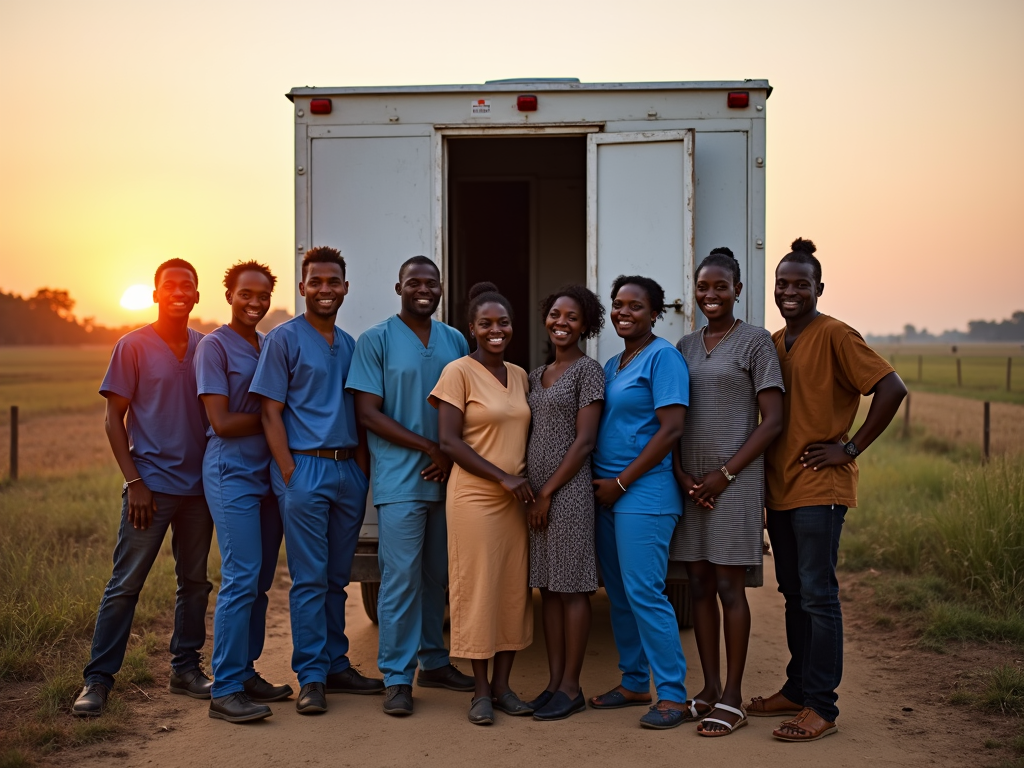
Discuss Here